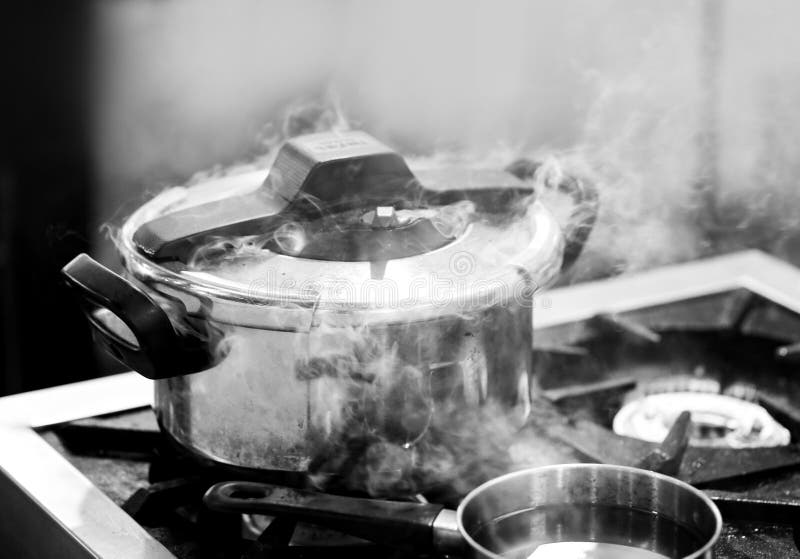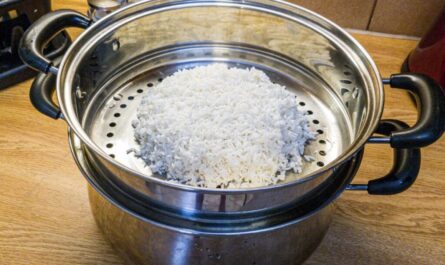There’s an inherent joy in whipping up a hearty meal that not only feeds the body but also warms the soul. Learning how to cook pinto beans in a pressure cooker can be a game-changer for anyone who adores a delicious, nutritious meal prepared with ease and efficiency. Pinto beans, with their rich, earthy flavor and creamy texture, make for an excellent dish on their own or as a component in a more complex creation. Discover the magic of cooking these delightful legumes using a pressure cooker, and you’ll never look back.

Why Choose a Pressure Cooker?
The use of a pressure cooker brings numerous advantages to the table. With its ability to drastically reduce cooking times while retaining nutrients and enhancing flavors, the pressure cooker is a modern kitchen marvel. If you’ve ever wondered why this method is preferred by chefs and home cooks alike, it’s due to its efficiency and consistent results that turn simple ingredients like pinto beans into a culinary delight.
What Are Pinto Beans?
Pinto beans, known for their speckled pinkish-brown appearance, are a staple in many households across America and beyond. These beans are not just affordable; they are also packed with protein, fiber, essential vitamins, and minerals, making them an excellent choice for any balanced diet. Often used in a variety of cuisines, including Mexican and Southern-style cooking, pinto beans have a versatility that makes them perfect for dishes ranging from simple stews to elaborate burritos.
Ingredients for Cooking Pinto Beans in a Pressure Cooker
- 1 pound dried pinto beans
- 6 cups water or broth
- 1 medium onion, chopped
- 2 cloves garlic, minced
- 1 teaspoon salt
- 1 teaspoon cumin
- 1 teaspoon chili powder
- 1 bay leaf
- Optional: diced jalapeo, diced tomatoes, cilantro, lime juice
Step-by-Step Instructions
1. Pre-soak the Beans
While a pressure cooker minimizes the need for pre-soaking, some choose to soak their beans overnight or for at least 8 hours so as to reduce cooking time further and improve digestibility. If you prefer to skip pre-soaking, ensure you rinse them thoroughly under running water.
2. Prepare Your Ingredients
Gather all your ingredients and prep them accordingly. Chop a medium onion, mince the garlic, and measure your spices. Having everything ready before you begin cooking streamlines the process and ensures you won’t overlook any crucial step.
3. Cooking in the Pressure Cooker
Start by placing the beans, water (or broth), onion, garlic, salt, cumin, chili powder, and bay leaf into the pressure cooker. Secure the lid tightly and set the pressure valve correctly for the best results. Depending on your model, follow the instructions to set the cooker on high pressure for approximately 35 minutes.
4. Release the Pressure
Once the cooking cycle is complete, allow the pressure to release naturally for 15 to 20 minutes. This gradual depressurization helps to lock in moisture and flavor. Carefully open the lid once the pressure has subsided completely.
5. Taste and Adjust Seasonings
After cooking, give your beans a taste to gauge if they need further seasoning. This is where you can add additional salt, herbs, or spices to suit your preferences. Remember that beans absorb flavors considerably well, so don’t hesitate to get creative.
Serving Suggestions
Pinto beans can be savored as a standalone dish or incorporated into various recipes. Serve them alongside rice, fold them into burritos, or even mash them to create delicious refried beans. Garnish with fresh cilantro, a squeeze of lime juice, or perhaps a sprinkle of cheese to elevate the dish. Your culinary imagination is the limit!

Tips for Cookware Care and Maintenance
After a successful cooking session, it’s vital to ensure that your pressure cooker and other utensils are properly cleaned and maintained. Investing in a quality cookware cleaner ensures your tools last longer and maintain their performance. Similarly, caring for wooden utensils like cutting boards with cutting board oil will keep them in optimal condition.
Incorporate these practices into your routine to promote the longevity of your kitchen equipment and create the best possible culinary experiences.
This article contains affiliate links. We may earn a commission at no extra cost to you.




